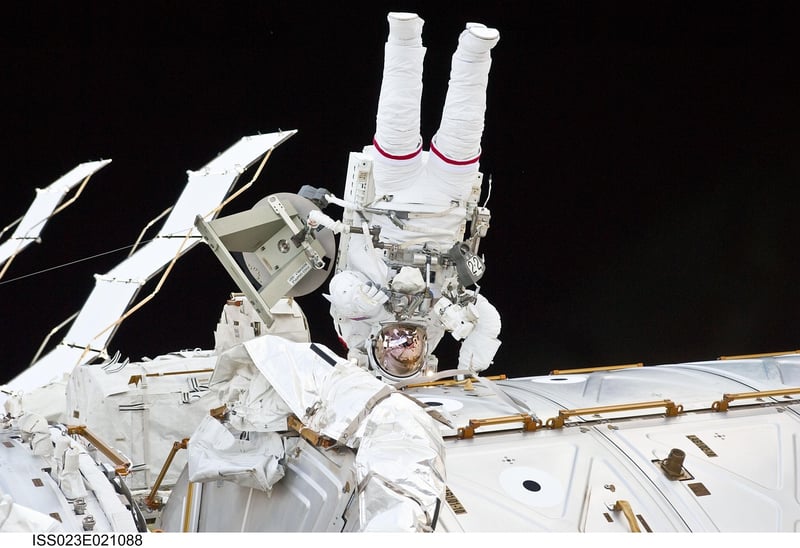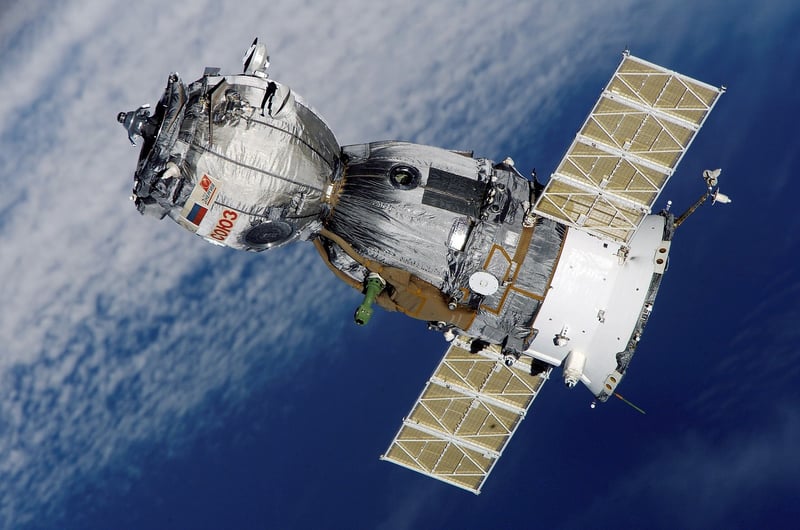Habitat Design
Innovations for Space Travel and Habitat Design
The Future of Space Exploration
As advancements in technology propel us closer to interplanetary travel and potential colonization of other worlds, innovations in space travel and habitat design are crucial for the success of such missions. Let's explore some of the cutting-edge developments in these fields.
1. Ion Propulsion Systems
Ion propulsion systems are revolutionizing space travel by providing efficient and long-lasting propulsion compared to traditional chemical rockets. These systems use electric fields to accelerate and expel ions at high speeds, offering significant fuel savings and enabling spacecraft to reach distant destinations faster.

2. 3D-Printed Habitats
3D printing technology is being harnessed to construct habitable structures on celestial bodies such as the Moon and Mars. By using local materials like regolith, 3D printers can create durable and customizable habitats, reducing the need to transport building materials from Earth.

3. Closed-Loop Life Support Systems
Closed-loop life support systems are designed to sustain human life in space by recycling air, water, and waste within a self-contained environment. By mimicking Earth's natural ecosystems, these systems minimize the need for regular resupply missions and ensure long-duration space missions remain sustainable.

4. Inflatable Space Habitats
Inflatable space habitats offer a lightweight and compact solution for providing living and working spaces in orbit or on planetary surfaces. These structures can be easily transported and expanded upon reaching their destination, offering astronauts more room to move and conduct experiments.

5. Virtual Reality Training
Virtual reality (VR) training programs are enhancing astronaut preparedness by simulating space environments and mission scenarios. By immersing astronauts in realistic simulations, VR training helps them develop skills, familiarize themselves with spacecraft controls, and practice emergency procedures in a safe and controlled setting.

With these innovative technologies and approaches, the future of space travel and habitat design looks promising, opening up new possibilities for human exploration beyond Earth's bounds.
References:
